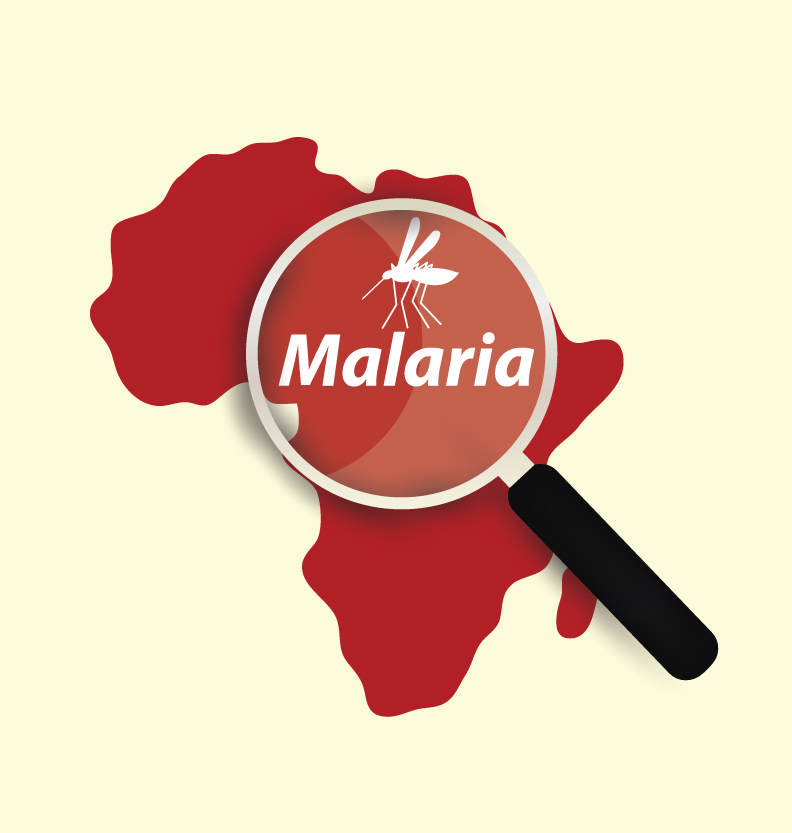Progress against malaria stalls

Despite the falling number of malaria cases globally from 2010 to 2015, the numbers have been plateauing for the second consecutive year – with 217 million cases in 2016 and an estimated 219 million cases in 2017 – indicating that no significant progress has been made in reducing global malaria cases during this period.1,2
In 2017, 92% of all malaria cases were concentrated in the World Health Organization (WHO) African Region, followed by the WHO South-East Asia Region (5%) and the WHO Eastern Mediterranean Region (2%).2 Almost 80% of these cases were reported in fifteen countries in sub-Saharan Africa and India. Although the incidence rate of malaria had reduced by 18% between 2010 and 2017, from 72 to 59 cases per 1,000 population at risk, this number has stood at 59 for the past 3 years.
In Africa, despite an increase in the percentage of population with access to an insecticide-treated mosquito net (ITN), an estimated half of the at-risk population did not sleep under an ITN.2 There were also fewer people being protected by indoor residual spraying (IRS) – with IRS coverage falling from 5% in 2010 to 3% in 2017 across all WHO regions.
The challenges facing the global malaria response include continued increase of malaria cases in countries with the highest burden of malaria, inadequate international and domestic funding, the emergence of parasite resistance to antimalarial drugs, and mosquito resistance to insecticides.2
To get the global malaria response back on track, the “High burden to high impact” country-led approach was launched to support nations with most malaria cases and deaths.1,3 This response plan is led jointly by WHO and the Roll Back Malaria (RBM) Partnership to End Malaria and builds on the principle that no one should die from a preventable and curable disease.1
The new approach aims to reignite progress against malaria and is based on four key elements: Galvanise national and global political attention to reduce malaria deaths; drive impact in the country through the strategic use of information; establish best global guidance and strategies suitable for the broad range of contexts; and implement a coordinated country response.2,3
In changing course and improving how countries combat malaria, the implementation of the response would help in getting back on track and to meet Global Technical Strategy (GTS) for malaria 2016–2030 target to eliminate malaria.2
References
- World Health Organization (WHO). WHO and partners launch new country-led response to put stalled malaria control efforts back on track. Available at: https://www.who.int/news-room/detail/19-11-2018-who-and-partners-launch-new-country-led-response-to-put-stalled-malaria-control-efforts-back-on-track. Accessed December 2018.
- World Health Organization (WHO). World malaria report 2018. Available at: https://www.who.int/malaria/publications/world-malaria-report-2018/report/en/. Accessed January 2019.
- World Health Organization (WHO). High burden to high impact: A targeted malaria response. Available at: https://www.who.int/malaria/publications/atoz/high-impact-response/en/. Accessed January 2019.










